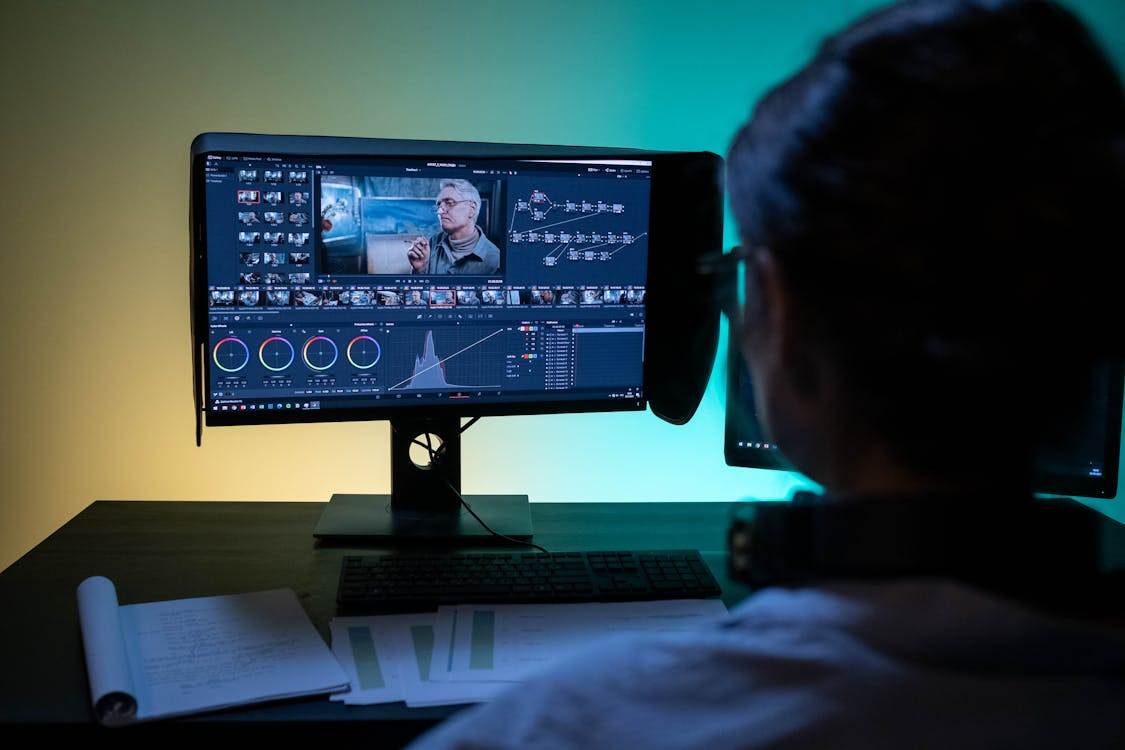In today’s digital economy, video dubbing has evolved beyond translation, becoming essential for accessibility, inclusivity, and storytelling across languages and cultures. With AI dubbing emerging as a transformative force in the video content industry, it promises to reshape how media is localized and consumed. However, its capabilities, limitations, and trade-offs between cost and quality must be evaluated to assess its readiness for the competitive primetime entertainment sector.
The Rise of AI Dubbing
Historically, high-quality dubbing was a costly and time-intensive process, requiring skilled voice actors, intricate script adaptation, multiple recording sessions, and meticulous post-production for lip-sync and emotional authenticity. This could take weeks or months. Recent advancements in large language models (LLMs), text-to-speech synthesis, and voice cloning have revolutionized this landscape. AI dubbing now enables content creators to dub videos into multiple languages in minutes at a fraction of the cost.
The AI dubbing process involves several automated steps: audio transcription with precise timestamps, translation by LLMs to preserve tone and timing, synthetic speech generation in the target language using cloned voices, and playback adjustments for natural pacing. This streamlined approach has made dubbing more accessible and efficient.
Cost-Effectiveness of AI Dubbing
AI dubbing’s primary advantage is its cost-effectiveness. Traditional dubbing incurs high expenses from hiring professional voice actors, studio time, sound engineers, and post-production. In contrast, AI eliminates actor fees and scales efficiently for projects of varying sizes. Tools like those from Kapwing allow affordable dubbing into multiple languages, enabling small and medium-sized creators to reach global audiences.
Additionally, AI dubbing’s speed translates into cost savings. Completing dubbing in minutes rather than weeks allows faster market releases, critical in the fast-paced digital media landscape where timely content drives success. This efficiency benefits creators targeting trends or time-sensitive opportunities.
Quality Challenges in AI Dubbing
Despite its advantages, AI dubbing faces quality challenges, particularly in emotional expressiveness and naturalness. Current text-to-speech systems struggle to replicate the nuanced emotions—sadness, anger, or joy—that human voice actors convey, often resulting in less engaging dubbed content. Pacing mismatches are another issue, as languages vary in cadence and length. For example, a short English phrase may become longer in Japanese, and AI adjustments to video segments or translations can feel unnatural, disrupting the viewing experience.
Translation accuracy also poses problems. Idioms, slang, and proper nouns are often mistranslated, potentially altering a scene’s meaning or confusing viewers. While LLMs have improved, they still falter with context-dependent language, limiting their reliability for high-stakes content.
The Role of Professional Human Dubbing
In emotionally driven content like prestige dramas, award-winning films, and narrative podcasts, professional human voice actors remain indispensable. Their ability to convey complex emotions, character subtleties, and cultural nuances creates immersive experiences that AI cannot yet match. Skilled actors study original performances, matching vocal inflections, pauses, and rhythms to the character’s arc, ensuring authenticity.
For live-action content, lip-sync and alignment with an actor’s body language are critical. Professional voice actors excel at this, while AI lip-sync tools often fall short, producing less seamless results. In primetime entertainment, where audience expectations are high, human dubbing remains the gold standard.
The Future of AI Dubbing
The future of AI dubbing is promising, with ongoing advancements in voice cloning, voice-to-voice modeling, and inflection control to enhance emotional expressiveness. Improved machine learning will likely boost translation accuracy, better handling idioms and context. Sophisticated lip-sync technologies may also create more visually seamless dubbed content.
However, AI is unlikely to fully replace human dubbing. Instead, the two will coexist, with AI suited for cost-sensitive, less emotionally demanding content like corporate videos or e-learning materials, and human dubbing preferred for high-end, emotionally rich media. Content creators must weigh project needs, audience expectations, and quality requirements when choosing between the two.
Conclusion
AI dubbing has transformed video localization with its cost-effectiveness and speed, enabling creators to reach global audiences efficiently. However, its limitations in emotional depth, pacing, and translation accuracy make it less suitable for primetime entertainment, where professional human dubbing excels. As AI technology advances, it will complement rather than replace human efforts, serving diverse needs in the media industry. Creators must strategically balance cost, speed, and quality to meet their goals.











